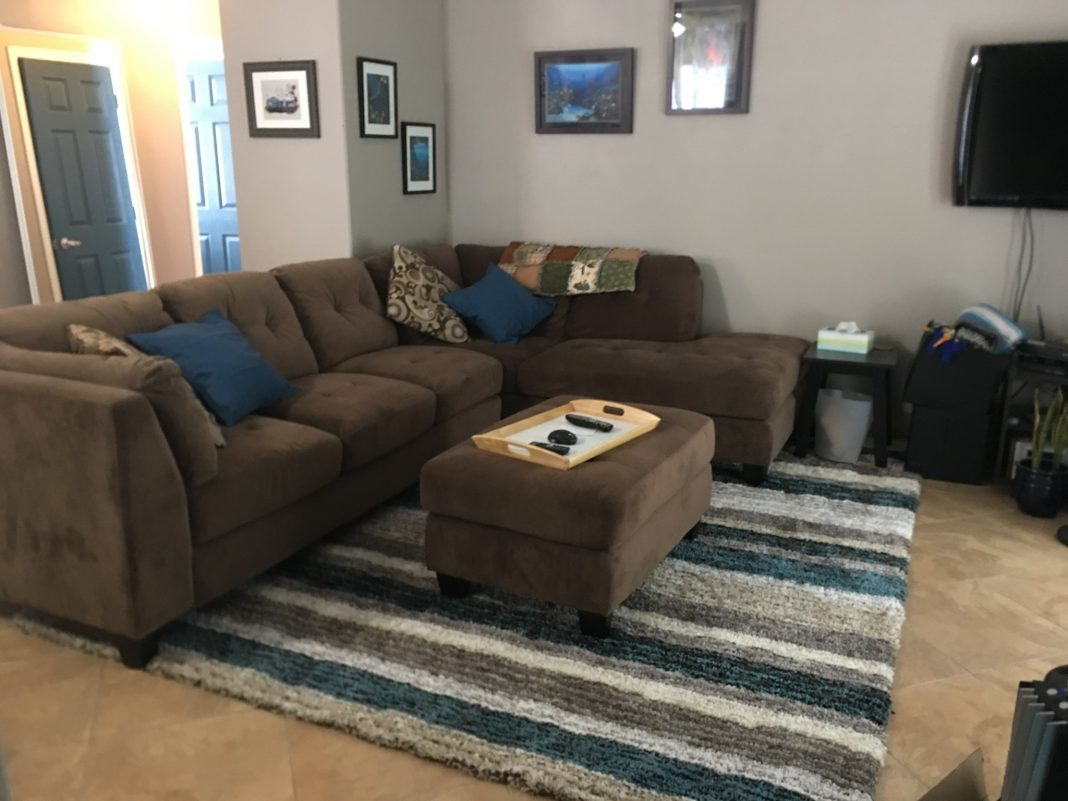A home is more than four walls, a roof, foundation, doors and windows. Dwayne Boggs of Boggs Inspection Services knows that, which is why his home inspections cover every important component, from basic structure to electrical, plumbing, heating and more. Dwayne also knows that a home is more than a building, it is the place where color, furnishings and décor meet to express the personality of the inhabitants. That part of the home is its design style.
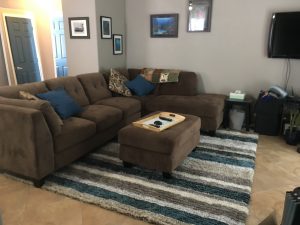
Photo courtesy: Debby Mast Designs
When you open the door to your home, what does your design style say? Is your home design intentional, accidental or more of an afterthought? Home design does not have to be mystifying. Debby Mast of Debby Mast Designs has some advice if you want your home to be both stylish and functional. So, keep these tips in mind for turning your home from a house you like into a home you love.
Put Down the Brush
While it may be tempting to head to the closest home supply store to start perusing the paint palettes, Mast recommends holding off until the main elements of the room have been chosen like the rug and the sofa. “Pick an item you love and work off it to keep things cohesive,” says Debby. Building the room off an item that you love is a sure way to success. After all the main components have been selected, then choose your paint color to compliment. Paint is endlessly customizable, but the sofa you love will probably come in less than 50 color options, if that,” says Debby.
The Elephant in the Room
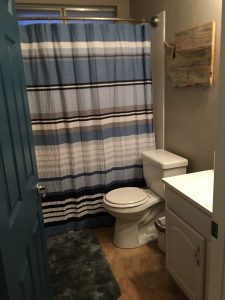
Scale is very important. When you are in a massive furniture showroom, it is difficult to imagine the furniture in your own home. And even though a sofa may physically fit in a room, this doesn’t mean it actually fits. Choosing a piece that is too large or too small for the size of the room will make it seem off balance or lopsided. Debby suggests measuring out pieces of carboard or newspapers to match the piece of furniture and placing it in the room to better help you visualize the space.
Make Small Spaces More Spacious
One way to help smaller homes seem larger is by choosing the same paint color for all the rooms in the house (or at least the main ones including any hallways), says Debby. Carrying the color throughout the home is a way to extend the spaces instead of cutting them up with artificial lines of color change. The same can be said for small rooms. Colorful accent walls can be fun, but they cut the room up. In a small room, that choppiness can make the room feel cluttered and crowded.
Organization is another way to keep small rooms from feeling cluttered. Baskets and decorative storage totes can be used to keep items contained, but still within reach for use. If everything has a place, items feel like they fit within the space, rather than looking like they’ve just been piled there.
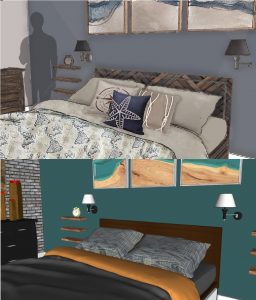
Functionality and Style
Your home is the place you live, not just a stage for Instagram photos. If the room isn’t functional, you won’t want to use it. Home designers will have access to software that allows them to see things in 3D. They will be able to open and arrange cabinets, and change colors with a simple click. If you decide to be your own home designer, don’t forget the importance of functionality. “Think about how drawers and cabinet doors will open,” says Debby, “and consider how appliances will be used and how air and people can move around the room.”
Using Color
Want to keep up with the latest design trends but don’t want to completely redo the room every few years? Debby recommends picking classic pieces in neutral tones, then using smaller accent pieces like table décor, pillows and wall art to add pops of color that can change with yearly trends or even across the seasons. Remember, neutral tones don’t have to be boring. Textures and subtle patterns can create visual layers that delight the eye.
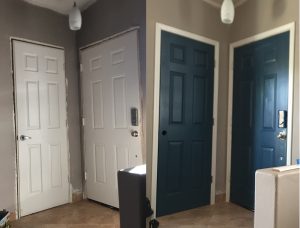
When it comes to neutral colors, undertones are huge. Grey is not just grey, beige is never just beige. Depending on the subtle undertones of blue, red, or yellow hues, different colors will match or clash. Undertones are not always apparent until matched with other colors or when viewed under different lighting. Pair things with clashing undertones and your room can go quickly from serene to sickly. A careful eye can pick up undertones, and hours of study and practice in color theory don’t hurt either, says Debby. Try pairing things together and looking at it under different light, even just natural light at different times of day.
Interior design is equal parts art and science. A professional home designer will have a thorough understanding of how to help you achieve your home design goals to give you a home you love.
If you want a home designer to help you take your style to the next level, reach out to Debby at DebbyMastDesigns@gmail.com or by calling 360-764-9093. If your needs are less about style and more about the building itself and you’d like to get a thorough home inspection, contact Dwayne through the Boggs Inspection Services website or at 360-480-9602.
Sponsored








































